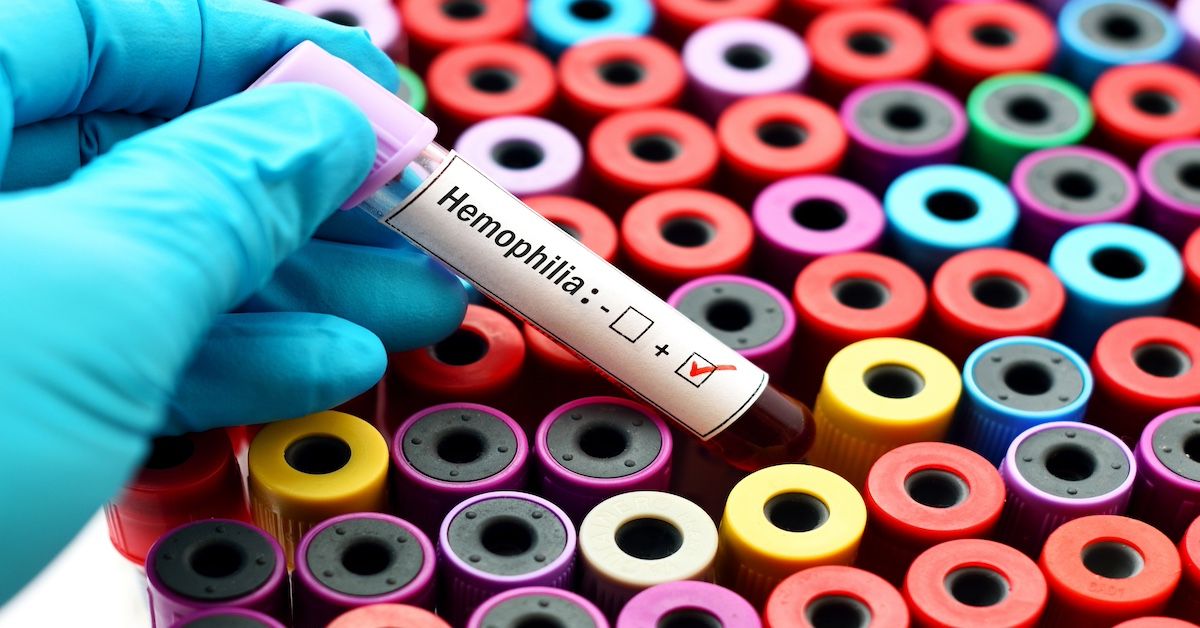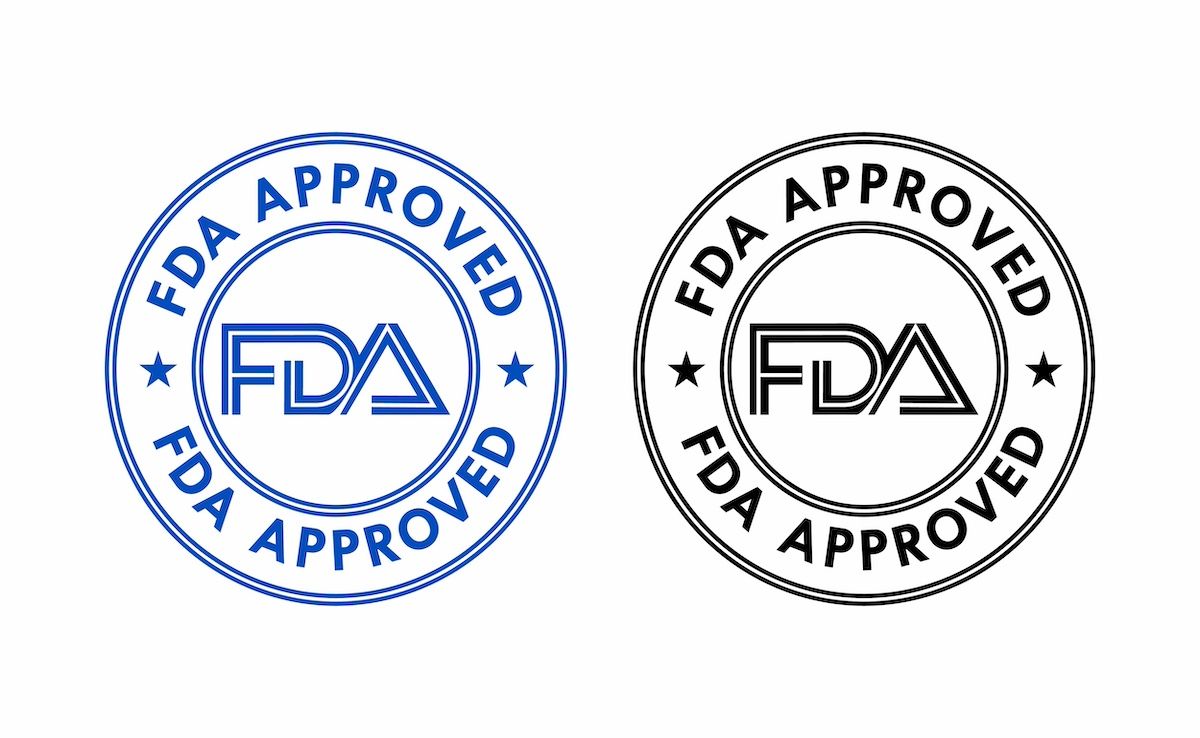Article
Adolescent, Young Adult Males With Sickle Cell Disease Lack Knowledge of Fertility Implications, Study Shows
Author(s):
Improved management of sickle cell disease has vastly improved life expectancy and reduced morbidity for affected patients, but the disease itself and its treatments carry fertility risks that many young patients and their caregivers are unaware of.
Improvements in the diagnosis and management of sickle cell disease (SCD) have had positive effects on patient outcomes, with most living into adulthood and experiencing less disease morbidity. Therefore, the reproductive health effects of SCD a growing concern, specifically in males— but a recent study published in Blood Advances found that many adolescent and young adult (AYA) men with SCD lack education about these effects.1
SCD is an inherited blood disorder that can cause severe pain, fatigue, infections, organ and joint damage, and stroke. There is no cure, but medications, blood transfusions and sometimes bone barrow transplant can help mitigate symptoms. Black and Hispanic populations are more likely to be born with SCD, which affects an estimated 1 of every 365 Black or African-American births and 1 of every 16,300 Hispanic births, according to the CDC.2
In males specifically, fertility can be affected by conditions such as priapism, anemia, hypogonadism, and testicular infarction caused by either the disease itself or antineoplastic treatments, such as hydroxyurea. Past research has shown fertility abnormalities in adolescents and men across the life course, both in those treated with hydroxyurea and those not treated with hydroxyurea.
There are no specific guidelines for educating at-risk populations, although national organizations recommend counseling patients at risk of SCD and fertility testing in AYA males. Many males with SCD also face barriers to adequate health care, potentially preventing them from receiving education on fertility and SCD or limiting their ability to obtain fertility testing not covered by insurance. Further research would also help form more detailed guidelines and patient education strategy.
“I think we need more research on fertility-related outcomes in this population because, in order to fully educate adolescents and young adults and their parents, we need to first know what to tell them,” Leena Nahata, MD, pediatric endocrinologist and principal investigator in the Abigail Wexner Research Institute at Nationwide Children’s Hospital, said in a statement. “It’s also crucial that we develop culturally-tailored educational materials and assess fertility testing barriers, as we know this population already faces barriers to equitable health care.”
In the current pilot study, 20 male AYA patients with SCD between 14 and 21 years old and 15 caregivers completed a Fertility Knowledge and Attitudes Questionnaire (FKAQ) developed by researchers to examine patient and caregiver sociodemographic factors, parenthood aspirations, fertility-related knowledge, and the factors influencing their interest in fertility testing.
Most AYAs (85%) agreed or strongly agreed that they wanted a biological child in the future, and 60% of caregivers believed their sons wanted biological children. Both patients and caregivers were frequently incorrect or uncertain about fertility-related questions. Of respondents, 35% of AYAs and 47% of caregivers were not familiar with how to obtain a semen sample for testing. Most AYAs and caregivers were unsure of the purpose of a semen sample (30% and 20%, respectively). Older AYAs were more likely to know about the potential difficulty they may face trying to have a biological child.
Of the respondents, 37% of AYAs and 33% of caregivers responded with interest in obtaining semen analysis, while 11% of AYAs and 40% of caregivers did not. About half of the AYAs (52%) and 27% of their caregivers were not sure about testing. Reponses also showed varied preferences for testing location, highlighting a need to facilitate different processes for different patients.
“Conversations with families should highlight known and unknown fertility-related impacts of SCD and treatments like hydroxyurea, to promote autonomy, facilitate shared decision-making, and minimize future regret,” study authors wrote.
While the study was small, the survey showed that most AYAs and caregivers did want biological parenthood for the patient. Therefore, the lack of knowledge about testing and other fertility-related knowledge in this population warrants further addressing. Study authors noted that adult men with SCD often bank sperm before hydroxyurea, highlighting a knowledge gap for AYAs specifically.
“As clinicians, we need to do a better job of integrating discussions regarding SCD-associated fertility concerns with our patients, starting at an early age, and with their caregivers,”Nahata said. “Preemptively understanding these risks allows them to make educated decisions about their care and futures.”
References
1. Nahata L, Stanek C, Theroux CI, Olsavsky AL, Quinn GP, Creary SE. Fertility testing knowledge and attitudes in male adolescents and young adults with SCD and their caregivers: apilot study. Blood Adv. Published online April 20, 2022. doi:10.1182/bloodadvances.2022007004
2. Data & Statistics on Sickle Cell Disease. CDC. Accessed April 29, 2022. https://www.cdc.gov/ncbddd/sicklecell/data.html#:~:text=SCD%20affects%20approximately%20100%2C000%20Americans,sickle%20cell%20trait%20(SCT).





